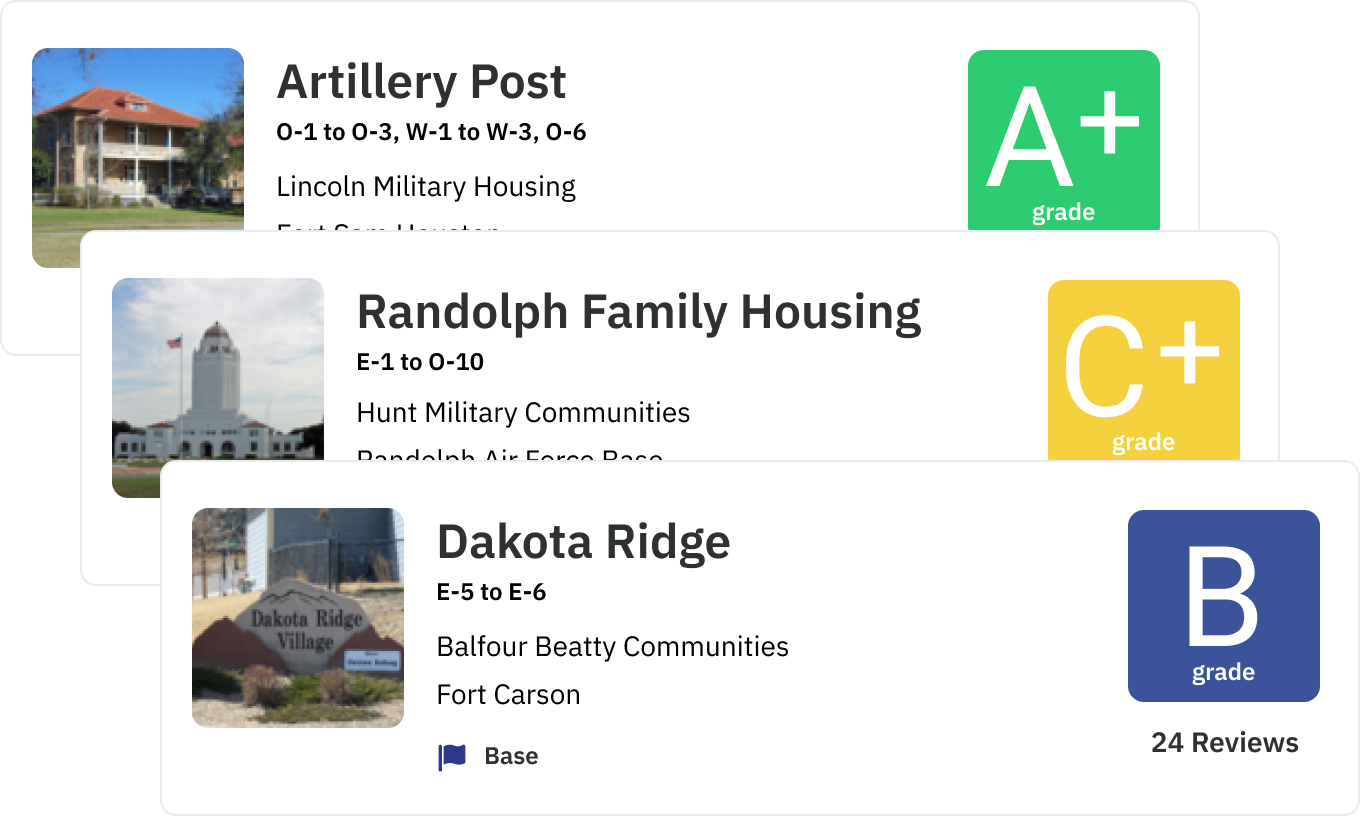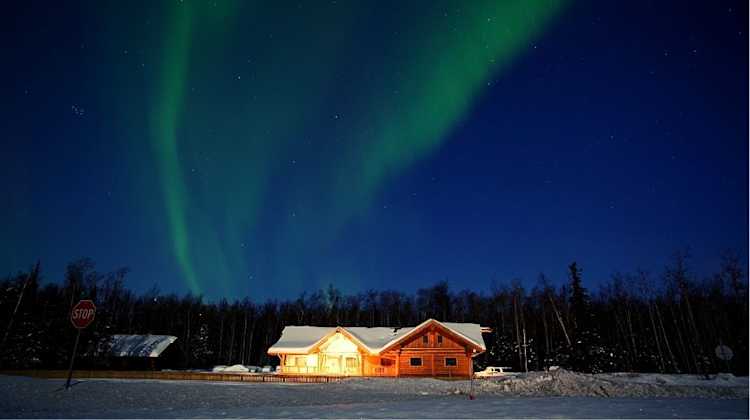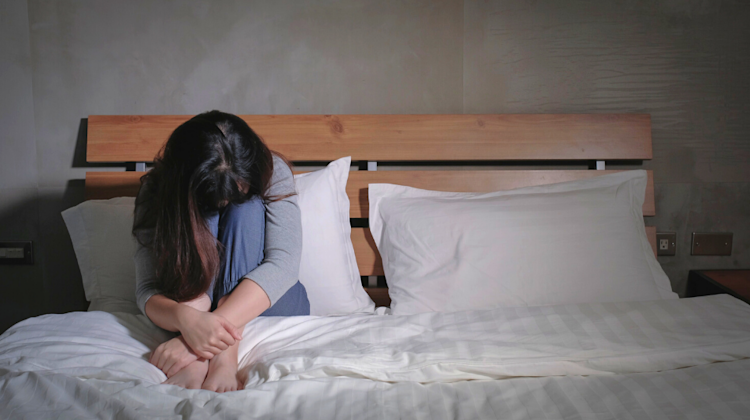PCSing to Alaska: Beating the Winter Blues
by Becca Stewart - February 18th, 2022

Living in Alaska – or anywhere that sees few days of sunshine during the winter – can have a dramatic impact on your mental health. The "winter blues" are a very real phenomenon. Sometimes, people in these areas experience a more serious clinical diagnosis called Seasonal Affective Disorder, or SAD.
The long, dark Alaskan winters
Let's start with the good news. Alaska averages 20 more minutes of sunlight per day compared to any other state when you account for the never-ending summer days. That is, in the summer, it's easy to find enough sunlight to keep your brain happy.
But as any Alaska resident knows, those long summers also have a flip side: long winters. In Anchorage, the year's shortest day sees just five hours of sunlight. Further north in Fairbanks, near Eielson AFB and Fort Wainwright, residents see the sun for less than four hours a day for most of December.
As winter settles in, it's quite common to experience changes in mood, including feelings of sadness, lethargy, or low motivation. Typically, these symptoms are relatively mild and referred to as the "winter blues."
For some people, symptoms are more serious and bothersome. Seasonal Affective Disorder, or SAD, is a clinical diagnosis with onset correlating to shorter days and less sunlight. SAD can be moderate to severe, often impacting a person's daily life.
Thankfully, there are ways to treat both the "winter blues" and SAD.
Winter blues or SAD?
The shorter the days, the more likely you are to experience the winter blues. Only about 1% of people who live in Florida experience SAD. But an estimated 10% of people living in Alaska will experience moderate to severe seasonal depression. Many more will have the "winter blues," feeling more groggy and less motivated during the winter months.
If you're new to Alaska and have never lived in a far northern location, this sudden emotional change might be alarming. It can be difficult to distinguish between the milder "winter blues" and the more severe SAD, also known as seasonal depression.
Symptoms of winter blues
It's fairly normal for people living in Alaska to feel lethargic, unmotivated, and sad during the winter months. However, most people will only feel this way once in a while, and the symptoms do not interfere with daily life. If you can perform your daily tasks without much trouble, you're probably experiencing the winter blues.
Symptoms of SAD
If your symptoms are more severe and impact your daily routine, you may be suffering from seasonal affective disorder, or SAD. These symptoms include:
Feeling hopeless or depressed most days, for many hours out of the day
Feeling like things will never get better
Experiencing extremely low energy
Problems sleeping or sleeping too much
Losing interest in things you once enjoyed
Changes to your appetite or weight
Difficulty concentrating
Thoughts of suicide, self-harm, or hurting someone else
SAD is a serious and potentially life-threatening condition. If you are experiencing these symptoms, seek help from your physician or a licensed mental health professional. Thoughts of suicide require immediate action: call 911 or a mental health crisis line as soon as possible.
What causes the winter blues and SAD?
Scientists have been studying SAD for more than three decades but still don't know for sure what causes it. Because of the cyclical nature of seasonal depression (the winter onset, with symptoms resolving as the days grow longer), experts agree that sunlight – or lack thereof – plays a key role.
One thought is that longer winter days and lack of sunlight throw off the circadian rhythm, or our internal biological clock. Without the sun, our brains go into "night mode," sometimes releasing more melatonin than usual. Melatonin is a hormone that makes us sleepy, leaving us groggy and sluggish in the winter.
Reduced sunlight can also cause a drop in the brain chemical serotonin. Serotonin plays a crucial role in balancing mood. Those who already have lower serotonin levels are more likely to suffer from SAD.
Finally, sunlight is the best source of Vitamin D. Lower Vitamin D levels are closely linked with higher rates of depression and anxiety.
How to beat the winter blues
If you're struggling with the Alaska winter, you are not alone. Thankfully, several tried and true remedies can help you feel better.
Light therapy
Light therapy is an effective treatment for the winter blues and seasonal depression. Light therapy requires a specialized light box that filters out most UV light but still mimics the sun's effects on the body.
Sitting near or in front of the light box for 30 minutes or more a day can drastically reduce symptoms for most people. You can purchase light boxes without a prescription, but you should consult your doctor before starting this treatment.
Vitamin D
As mentioned above, lack of sunlight also means reduced levels of Vitamin D. Those who are Vitamin D deficient are more likely to experience depression, including SAD. Taking high-quality Vitamin D supplements can help improve your mood during the dark Alaskan winters. Again, consult with your doctor before beginning a supplement regimen.
Physical activity
Lack of sunlight can also impact serotonin levels. Serotonin is a brain chemical that helps us regulate mood and feel happier. Luckily, sunlight isn't the only way to boost serotonin. Physical activity triggers serotonin release, helping to improve our moods, even when the sun doesn't shine.
Keep healthy sleep patterns
It's tempting to make like a bear and hibernate during Alaskan winters. But maintaining a healthy sleep pattern can help our bodies maintain healthy melatonin levels, therefore reducing sluggishness and sleepiness. Try to go to bed and wake up at the same time every day. Resist naps whenever possible.
When to seek professional help
It's normal to feel sluggish, tired, and down during winter. However, if you feel depressed or hopeless most days, and aren't getting relief with any of the treatments above, it's time to seek professional help. In some cases, your doctor may prescribe medication to help regulate your mood and improve your mental health.
There is no shame in asking for help. Before you know it, those dark days will be gone, and the gorgeous Midnight Sun will be back to greet you.






